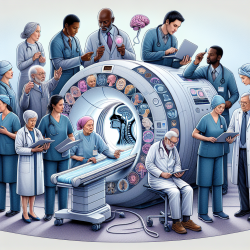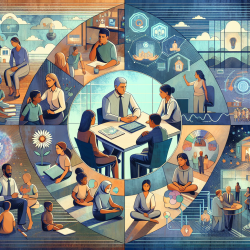In the rapidly evolving field of healthcare, the integration of big data and artificial intelligence (AI) is opening new avenues for improving patient outcomes. One such groundbreaking development is the creation of an open-source annotated glaucoma medication dataset from clinical notes in electronic health records (EHRs). This innovative dataset not only fills a critical gap in ophthalmic literature but also provides a valuable resource for practitioners aiming to enhance their skills and research capabilities.
The Importance of Annotated Datasets
Annotated datasets are crucial for the development of AI models that can automate and improve various aspects of healthcare. In ophthalmology, particularly for glaucoma—a leading cause of irreversible blindness—such datasets can significantly aid in medication management and treatment optimization. The dataset discussed here comprises 5520 annotated sentences from 480 clinical notes, meticulously de-identified to protect patient privacy.
Key Features of the Dataset
- Comprehensive Annotations: Each clinical note is annotated for glaucoma medication name, route, frequency, dosage, and drug use.
- De-Identification: A robust de-identification process using tools like Philter ensures that all protected health information (PHI) is removed.
- Publicly Available: The dataset is accessible online, encouraging further research and collaboration among practitioners and researchers.
How Practitioners Can Benefit
This open-source dataset offers several opportunities for practitioners to enhance their skills and contribute to ongoing research:
- NLP Model Development: Use the dataset to train natural language processing (NLP) models that automate medication reconciliation, improving clinician efficiency and patient care quality.
- Research Collaboration: Engage with a community of researchers to explore new methodologies and applications in big data analytics for ophthalmology.
- Data Extraction: Extract clinically useful data such as treatment outcomes and medication adherence from free-text notes, which are often not documented elsewhere.
The Future of Big Data in Ophthalmology
The availability of this dataset marks a significant step forward in the integration of AI and big data in healthcare. As more datasets become available, practitioners can expect to see advancements in predictive analytics, personalized medicine, and automated decision-making processes. This progress will ultimately lead to better patient outcomes and more efficient healthcare delivery systems.
If you're interested in exploring this dataset further or contributing to ongoing research efforts, you can access the original research paper titled "Development of an Open-Source Annotated Glaucoma Medication Dataset From Clinical Notes in the Electronic Health Record". This paper provides detailed insights into the methodologies used and the potential applications of this valuable resource.










